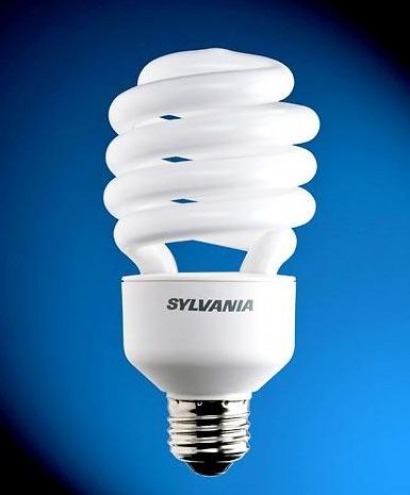
Examples of this kind of purchasing behaviour are particularly relevant to the UK lighting industry – and especially the LED sector - during the current period of overhaul, said Simon Leggett, Managing Director, of Light Planet.
EU regulations have ushered the incandescent bulbs of the past offstage in a total phase out and it remains to be seen what consumers will turn to now the familiar is out of the picture.
If LED technology is to truly flourish in the domestic sector, Leggett said, it is vital that the impending gap in knowledge and familiarity is addressed and that widespread awareness of the alternatives and their differences is fostered.
Although an integrated communications strategy will be required to educate people about the impressive energy and money saving benefits of solid state technology, the appropriate standards and regulations must also be introduced to ensure that information is accurate and easily available, he continued.
An issue that is ripe for reassessment is the set of standards by which lighting technologies are measured.
These systems have often been unrepresentative of technology quality and put LED assets at a disadvantage -- an obvious example being the practice of measuring the light quality at the point at which a bulb is first switched on rather than over its lifespan, thereby failing to reflect the long life and enduring quality of LED technology. The purpose of standards should be to evaluate technologies and protect consumers – and they must do so adequately and fairly.
It is not enough for such standards to exist, Leggett said, they must be accessible and present in the minds of consumers and other purchasers such as procurement professionals. The easiest way to achieve this would be to include the relevant information on packaging, which would facilitate like-for-like comparisons at point of purchase and allow price to be weighed against factors such as efficiency.
Simply waiting for LEDs to reduce in price enough to no longer be considered an “investment” purchase is not an option for two reasons, he added.
First, becoming engaged in a battle to artificially drive down costs puts at risk the very thing that makes LEDs stand out in the lighting market - the superiority of their technology.
Second, it is vital that we do not fail to capitalise on the change in purchasing behaviour that will result from familiar incandescent bulbs disappearing from the marketplace, Leggett said.
For additional information:

